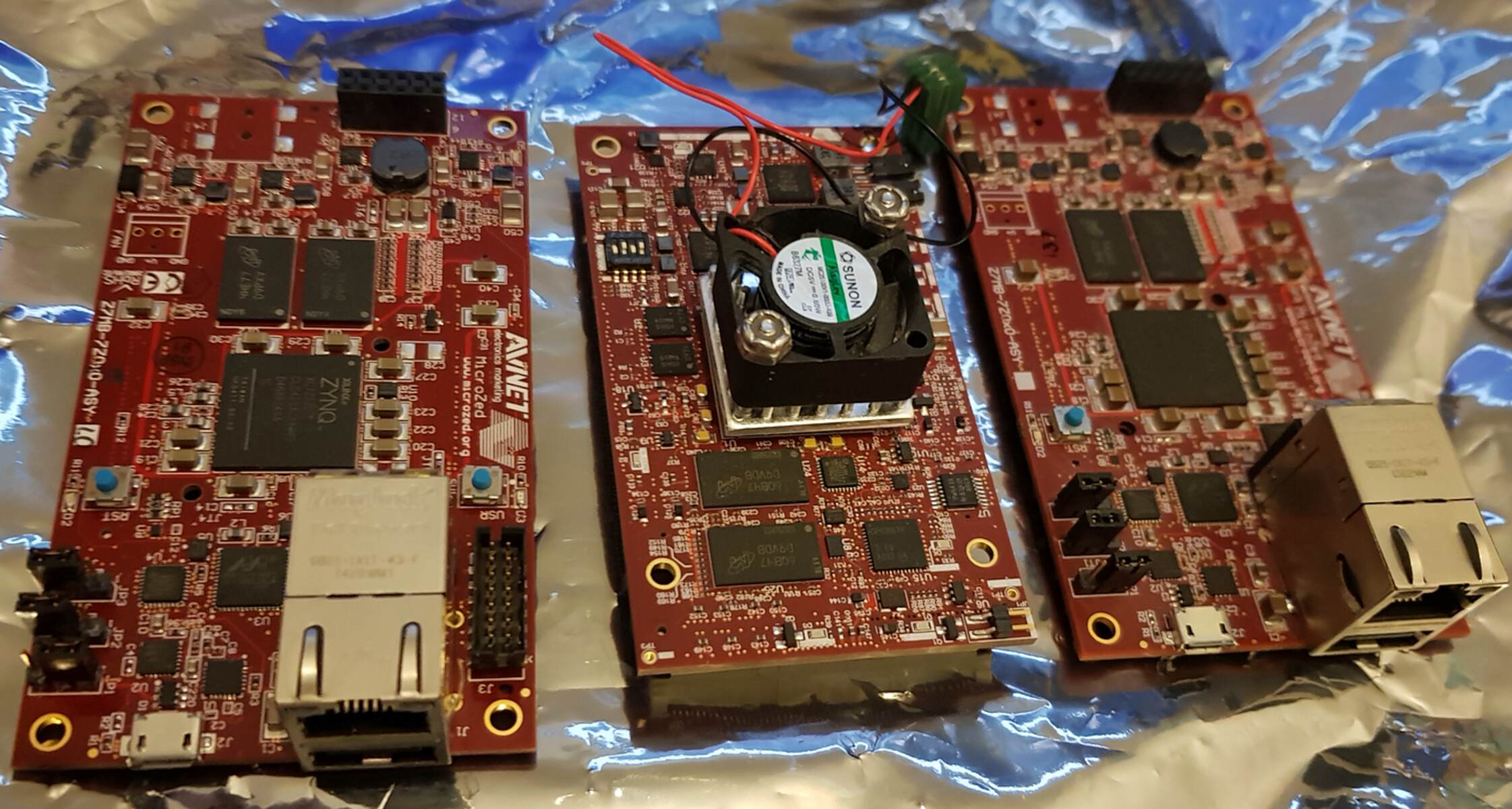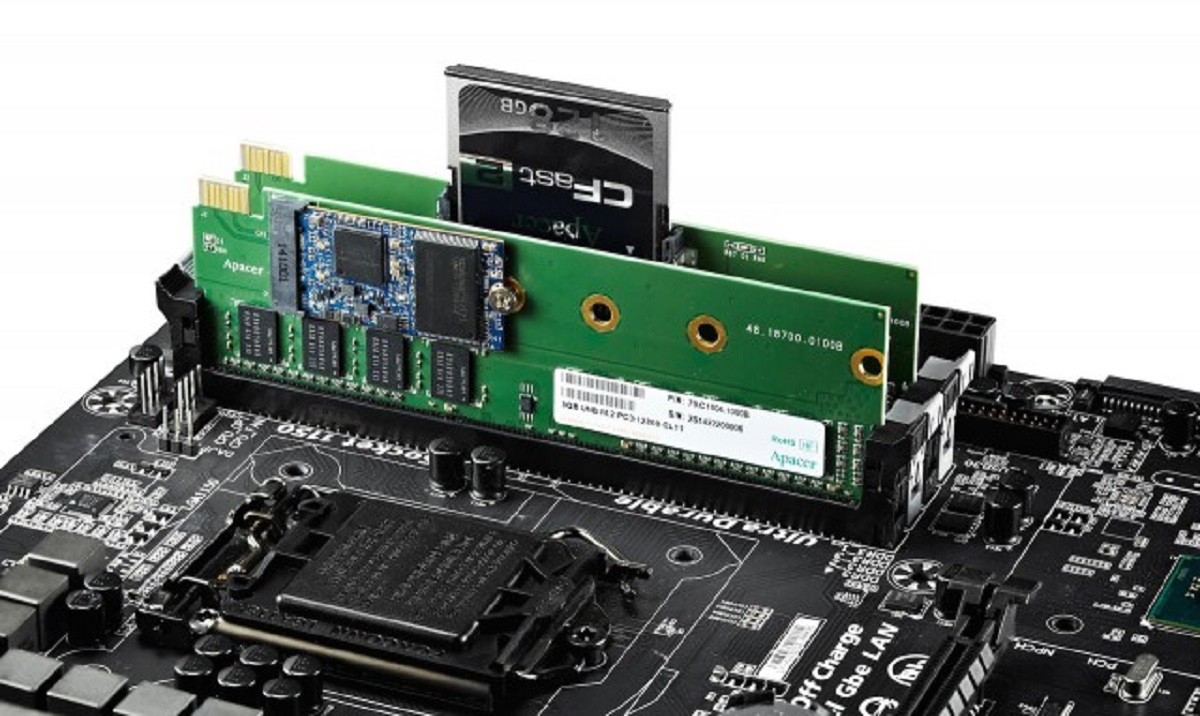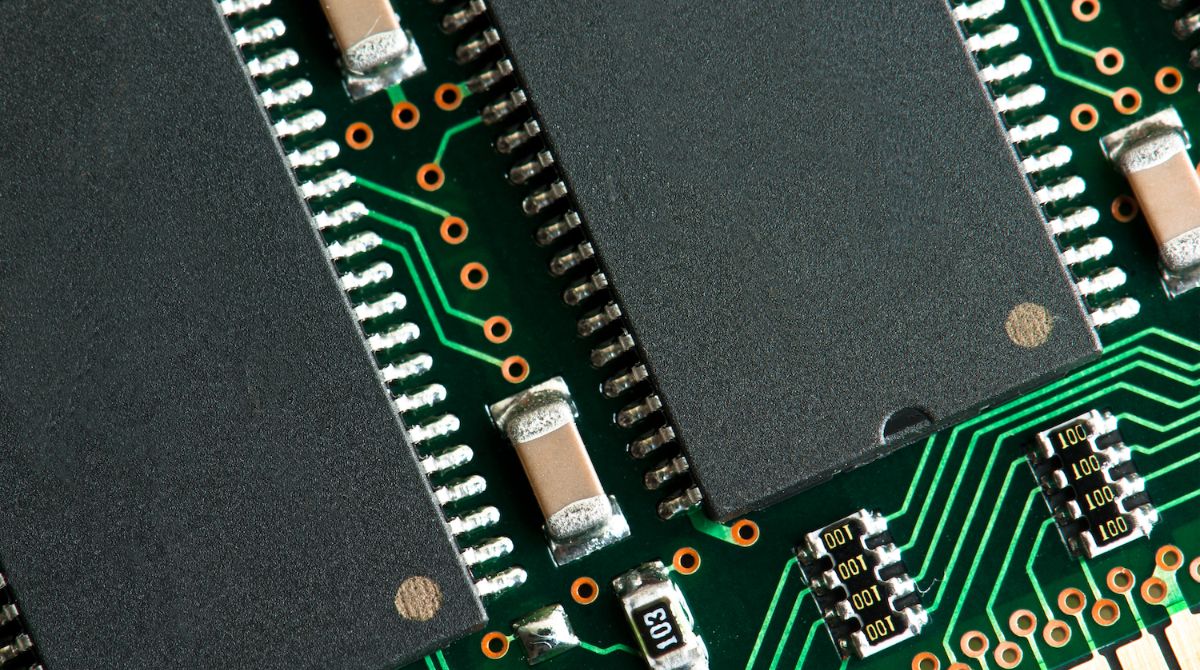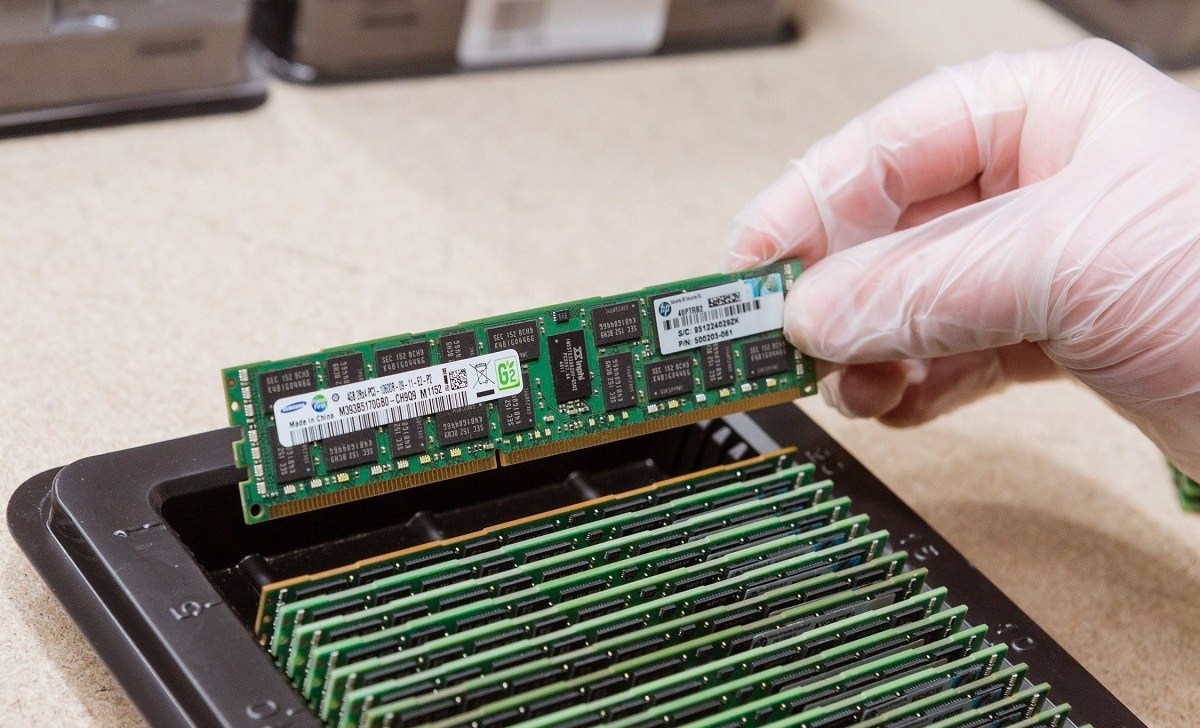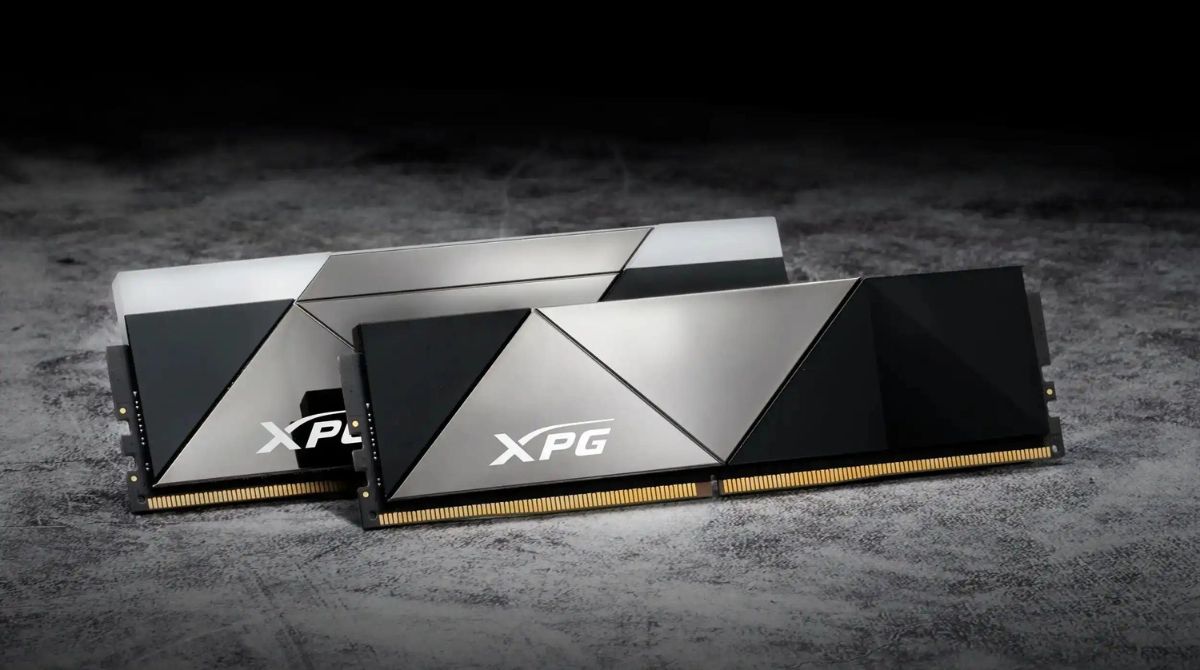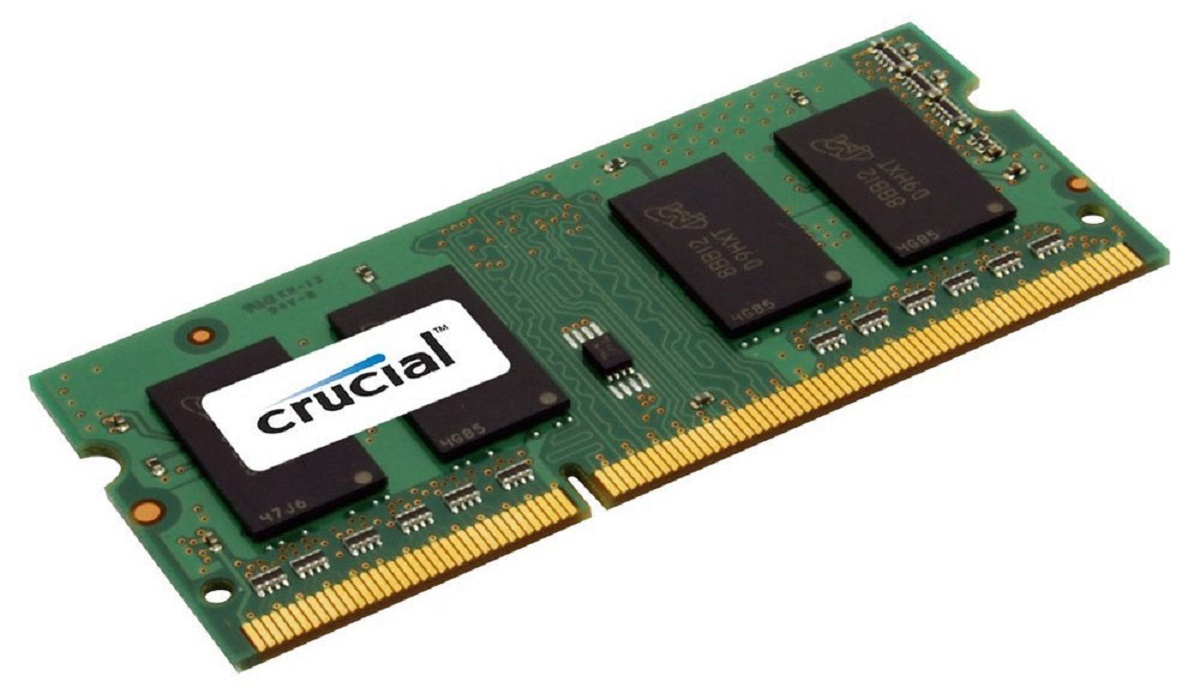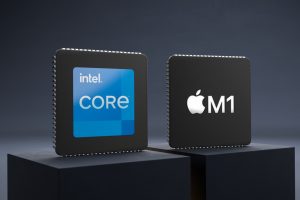Introduction
Welcome to the world of digital design! When it comes to developing hardware designs, one key consideration is choosing the appropriate memory elements for your project. Among the various options available, two common choices are Block RAM (BRAM) and registers. These memory elements play a crucial role in storing data and are vital components in any digital system.
In this article, we will delve into the differences between Block RAM and registers, explore the advantages of using each type, and provide insights on how to select the right memory element for your design.
Block RAM, as the name suggests, refers to large chunks of memory that can store a significant amount of data. On the other hand, registers are small, dedicated storage units that can hold a limited amount of information. Understanding the nuances of these memory elements will enable you to make informed decisions that can greatly impact the performance, efficiency, and scalability of your design.
So, let’s dive in and explore the world of Block RAM and registers!
Block RAM vs Registers
Block RAM (BRAM) and registers serve as memory elements in digital designs, but they have distinct characteristics and applications.
Block RAM, as its name implies, is a larger memory unit that can store a significant amount of data in a single block. It is typically implemented as embedded memory within a Field-Programmable Gate Array (FPGA) or an Application-Specific Integrated Circuit (ASIC). BRAM offers high storage capacity and fast access times, making it ideal for applications that require large amounts of data storage and frequent read and write operations.
On the other hand, registers are small storage units that can hold a limited amount of data. They are implemented as flip-flops or other sequential circuits within a design. Registers offer lower storage capacity compared to BRAM but provide faster access times. They are commonly used for temporary storage, holding intermediate values during computations or acting as buffers between different stages of a design. Registers excel in applications that demand high-speed data processing and minimal latency.
The choice between Block RAM and registers depends on the specific requirements of your design. If you are working on a project that requires a large amount of data storage, such as implementing a memory-intensive algorithm or storing large lookup tables, Block RAM is the way to go. BRAM offers a dedicated and efficient solution that can handle the storage and retrieval of massive amounts of data.
On the other hand, if your design emphasizes speed and low latency, registers are the better choice. Registers are ideal for applications like digital signal processing, where data needs to be processed in real-time with minimal delay. By leveraging the faster access times provided by registers, you can ensure that your design meets stringent timing requirements.
It’s important to note that the use of Block RAM or registers is not mutually exclusive. In many designs, a combination of both memory elements is utilized to capitalize on their respective strengths. By strategically placing Block RAM and registers in your design, you can maximize both storage capacity and processing speed, achieving a balanced and efficient solution.
In the next sections, we will explore the advantages of using Block RAM and registers in greater detail, highlighting their unique features and benefits for various design scenarios.
Advantages of Using Block RAM
Block RAM (BRAM) offers several advantages that make it a valuable memory element in digital designs.
One of the key advantages of using Block RAM is its high storage capacity. BRAM allows you to store large amounts of data in a single block, significantly reducing the amount of logic and routing resources required for memory implementation. This makes it an efficient solution for applications that require extensive data storage, such as implementing complex algorithms or storing large lookup tables.
In addition to its high storage capacity, BRAM also provides fast access times. It enables quick read and write operations, allowing for efficient data retrieval and storage. This is particularly beneficial in designs that require frequent access to memory, as BRAM’s fast access times contribute to overall system performance and response time.
Block RAM also offers built-in read and write port configuration flexibility. Depending on your design requirements, you can implement a single-port or dual-port BRAM configuration. A single-port configuration is suitable for applications that only require sequential access to memory, while a dual-port configuration allows for simultaneous read and write operations, enabling more complex data handling schemes.
Another advantage of using BRAM is its ability to implement complex memory-centric functionalities. With BRAM, you can easily create memory structures, such as FIFO buffers or content-addressable memories (CAMs), to support specific data processing needs. BRAM’s versatility and flexibility make it a powerful memory resource that can be tailored to different design requirements.
Furthermore, Block RAM is typically implemented as dedicated memory elements within an FPGA or an ASIC. This dedicated implementation ensures that the memory access is optimized and efficient, enhancing overall system performance. Additionally, dedicated BRAM resources in an FPGA can be allocated early during the synthesis phase, ensuring efficient utilization of device resources and potentially resulting in faster compilation times.
In summary, the advantages of using Block RAM include its high storage capacity, fast access times, flexibility in port configurations, support for complex memory-centric functionalities, and dedicated implementation as a memory resource. These advantages make BRAM a compelling choice in designs that require extensive data storage, frequent memory access, and efficient memory management.
Advantages of Using Registers
Registers offer several advantages that make them a valuable memory element in digital designs.
One of the key advantages of using registers is their fast access times. Registers are implemented using flip-flops or other sequential circuits, which allow for quick storage and retrieval of data. This speed is crucial in applications that require real-time processing and minimal latency, such as digital signal processing or high-frequency communication systems.
Another advantage of registers is their ability to support high-speed data processing. Since registers provide fast access to stored data, they are well-suited for applications that require rapid computations and data manipulation. By leveraging registers’ speed, you can ensure that your design meets the timing requirements and achieves efficient data processing.
Registers also offer a compact memory footprint. Unlike Block RAM, which requires dedicated resources, registers can be implemented using existing flip-flops within the design. This saves valuable resources and allows for efficient utilization of available FPGA or ASIC resources. Additionally, registers can be easily duplicated or cascaded to create larger storage capacities, providing flexibility in managing the memory requirements of the design.
In addition to their fast access times and compact memory footprint, registers provide excellent synchronization capabilities. Registers can act as synchronization points between different stages of a design, ensuring that data is processed in a coordinated and consistent manner. This synchronization feature is critical in designs with multiple clock domains or complex data pipelines.
Furthermore, registers can facilitate efficient data flow and ensure proper timing coordination in multi-cycle operations. By using registers strategically, you can break down complex operations into smaller stages, enabling pipelining and achieving improved throughput. This technique allows for parallelism and more efficient resource usage.
Lastly, registers offer the advantage of low power consumption. Compared to Block RAM, registers consume minimal power, making them suitable for designs with stringent power requirements. Using registers can help optimize the power consumption of the overall system and extend the battery life of portable devices.
In summary, the advantages of using registers include fast access times, support for high-speed data processing, compact memory footprint, excellent synchronization capabilities, efficient data flow, and low power consumption. These advantages make registers an ideal choice in designs that emphasize speed, low latency, efficient resource utilization, synchronization, and power efficiency.
Selecting the Right Memory Type for Your Design
Choosing the appropriate memory type for your design requires careful consideration of your specific requirements and constraints. Here are some factors to consider when selecting between Block RAM (BRAM) and registers:
1. Data Storage Needs: Evaluate the amount of data that needs to be stored in your design. If your project requires a large storage capacity, such as implementing memory-intensive algorithms or storing extensive lookup tables, Block RAM is the ideal choice due to its high storage capacity.
2. Access Time Requirements: Consider the timing requirements of your design. If it requires fast access times and minimal latency, registers offer the advantage of quick data retrieval. On the other hand, if your design can tolerate slightly longer access times and requires larger memory capacity, Block RAM can be a better option.
3. Design Complexity and Resource Utilization: Evaluate the design complexity and available resources in your FPGA or ASIC. Registers have a compact memory footprint and can be implemented using existing flip-flops, optimizing resource utilization. In contrast, Block RAM requires dedicated resources and may consume more logic and routing resources in your design.
4. Application-specific Functionality: Consider the specific functionality required by your design. If you need to implement complex memory-centric operations, such as FIFO buffers or content-addressable memories (CAMs), Block RAM provides the necessary flexibility to support these functionalities. Registers, on the other hand, excel in applications that require synchronization, multi-cycle operations, or parallel processing.
5. Power Considerations: Analyze the power requirements of your design. Registers consume less power compared to Block RAM, which can be advantageous in low-power designs or devices with tight power constraints. If power consumption is a significant consideration, registers may be the preferred choice.
Remember that the choice of memory element is not always binary; you can often use a combination of Block RAM and registers in your design. By strategically placing these memory elements and leveraging their unique advantages, you can achieve a well-balanced and efficient solution that meets your design goals.
It is also crucial to consider the design constraints and limitations of your FPGA or ASIC when selecting a memory type. Consult the documentation and specifications of your device to ensure compatibility and optimal utilization of resources.
By carefully evaluating your design requirements, understanding the advantages and limitations of Block RAM and registers, and considering the specific constraints of your project, you can make an informed decision in selecting the right memory type for your design.
Conclusion
In conclusion, when it comes to selecting the memory type for your digital design, understanding the differences between Block RAM (BRAM) and registers is essential. Both memory elements offer unique advantages and cater to specific design requirements.
Block RAM provides high storage capacity, fast access times, flexibility in port configurations, support for complex functionalities, and dedicated memory implementation. It is an excellent choice for designs that require extensive data storage, frequent memory access, and efficient memory management.
On the other hand, registers offer fast access times, support for high-speed data processing, compact memory footprint, excellent synchronization capabilities, efficient data flow, and low power consumption. They are well-suited for designs that prioritize speed, low latency, efficient resource utilization, synchronization, and power efficiency.
When selecting the memory type for your design, consider factors such as data storage needs, access time requirements, design complexity, application-specific functionality, and power considerations. Evaluating these factors will help you determine whether Block RAM or registers are more suitable for your project.
It’s important to remember that the choice of memory element is not mutually exclusive. In many designs, a combination of Block RAM and registers can be used to maximize storage capacity, processing speed, and overall efficiency.
By carefully analyzing your design requirements, understanding the advantages and limitations of each memory type, and considering the specific constraints of your project, you can select the memory type that best aligns with your design goals and enables optimal performance.
Whether you choose Block RAM, registers, or a combination of both, the proper selection of the memory type lays the foundation for a successful and efficient digital design.







